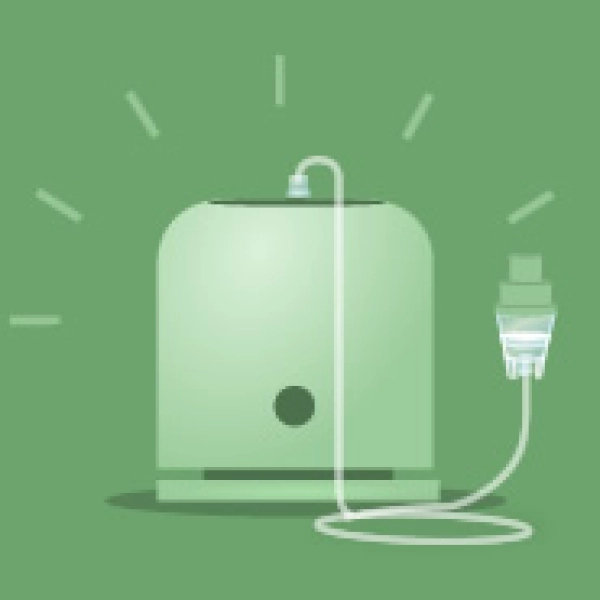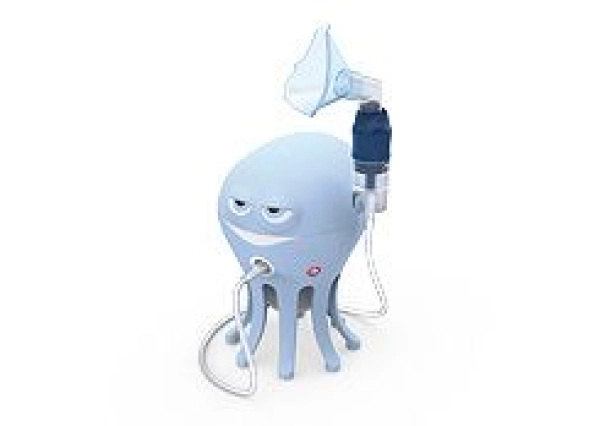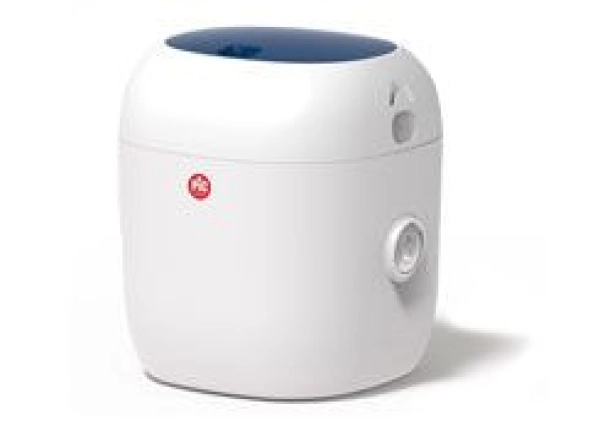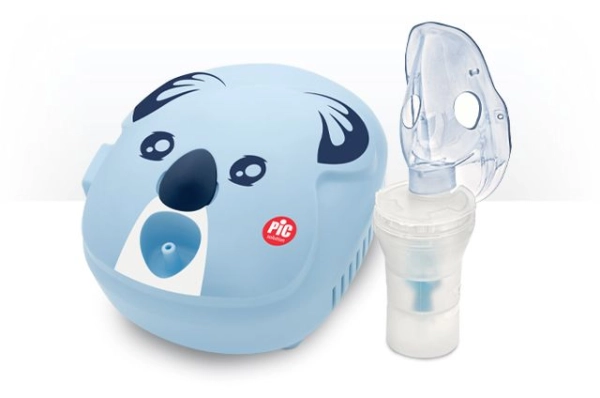

The nasal noise that people who snore make while they sleep is due to organs and organic structures vibrating as air goes through while breathing: the soft palate and uvula, the back of the throat, tonsils, tongue and epiglottis. Snoring can generate noises so intense and at such low frequency that the walls in our house or apartment cannot filter them out. In fact, these structures can even end up contributing to the propagation of sound into adjacent rooms or flats.
Why do we snore? There are a variety of causes that can lead to snoring. For example, the nose can be obstructed by a deviation in the septum, a vasomotor or allergic rhinitis, the increase in volume in so-called concha (i.e. the small bones in the nasal cavities that are covered in a mucosa capable of changing size) or even the presence of polyps. In any of these cases, there is some form of resistance to air in the nasal cavities, which leads to us favouring mouth breathing. The latter triggers a sort of turbulence, which makes the soft palate and uvula vibrate, finally producing the signature sound of snoring. Other anatomical constrictions that can reduce airflow may be located in the throat (hypertrophy of the palatine tonsils), in the passageway between nose and throat (wearing out the soft palate and uvula, due to inflammations or excessive vibration), in the back wall of the pharynx (thickening of the mucous wall due to fat deposits, in obese subjects) and in the lingual tonsils (which can be enlarged especially in smokers). Furthermore, the tongue tends to slip back in individuals who are unconscious or who sleep on their backs, pushing the epiglottis to reduce or completely cover the opening in the larynx, posing a risk of asphyxiation. All of these phenomena tend to be accentuated in individuals affected by macroglossia or enlarged tongue.
The quality of our sleep - and of our loved ones' sleep - can be influenced by lifestyle choices as well as anatomical causes. Our weight, first and foremost: fat in the neck tends to amplify the closure of the upper respiratory tract while sleeping, and cause snoring. That's why snoring can arise in anyone, but can be more frequent in overweight people. Other causes that can aggravate snoring are alcohol abuse and smoking, the use of sedatives or sleeping pills, fatigue, stress and hormonal alterations (especially hypothyroidism).
People affected by chronic roncopathy (or pathological chronic snoring) snore in a discontinuous pattern, often very loudly and - in the worst cases - with breathing issues or episodes of apnoea, i.e. pauses in breathing of at least 10 seconds. Furthermore, these individuals tend to present symptoms of poor sleep and reduced oxygenation, such as difficulties waking, morning fatigue and sometimes headaches. The causes can be both anatomical and/or social, as we just detailed. Gender also plays a role: chronic roncopathy is more frequent in men who are over 40-50 years old, although the percentage of women suffering from this problem also increases with age.
Sleep apnoea is very common amongst serial snorers, to the point that chronic snoring is often the sign that reveals the presence of breathing issues connected to sleep. Sleep apnoea episodes cause a sharp reduction in the body's oxygenation during rest: silence means the person is holding his or her breath, and snoring reflects how he or she is solving the obstruction. The constant phases in which oxygenation falls, and carbon dioxide rises in the blood, stimulate the brain and often wake up the person suffering from this disorder - who struggles to sleep amidst restlessness, constant changes in position, frequent awakenings, strong and violent snoring interrupted by moments of silence (apnoeas, that is), followed by wheezing and gasping. In the morning, people affected by sleep apnoea wake up tired, often with a headache, and show clear signs of fatigue throughout the day; they also tend to fall asleep easily during normal tasks, at the steering wheel, at work or watching TV. It is estimated between 1 and 10% of the adult population is affected by sleep apnoea.
A restless, noisy, troubled sleep during which breathing is frequently interrupted can also influence our general health. Snoring can have severe consequences, especially if it is not a random episode but our regular nightly soundtrack. The first organs it can impact are those in the cardiovascular system, with the emergence of high blood pressure and cardiac arrhythmia. Constant snoring can also trigger negative effects on the brain, causing reduced concentration and memory, lowering libido and slowing down the metabolism. According to recent epidemiological research, almost 45% of the population snores at times, while 25% snores habitually.




